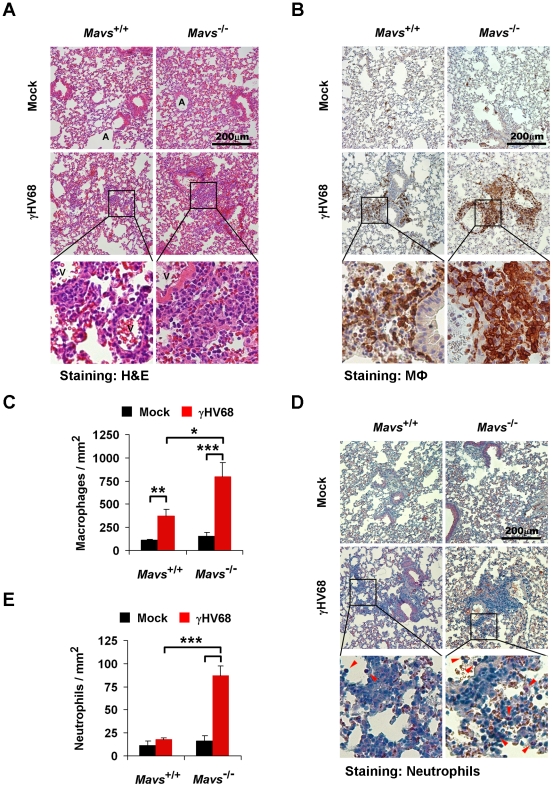Figure 2. Loss of MAVS increases immune cell infiltration in the lung of γHV68-infected mice.
Age- and gender-matched Mavs +/+ and Mavs −/− littermate mice were intranasally infected with 40 PFU of γHV68 as in Figure 1A. At 10 days post-infection, mouse lungs were fixed and embedded in paraffin. Three-micrometer paraffin sections of lungs were stained, and pictures were taken at the magnification of 200. One to three optical fields are presented for each group. See also Figure S4. (A) Hematoxylin and eosin (H&E) staining demonstrated a mild mixed-cell infiltration in the lung of γHV68-infected Mavs +/+ mice, and an intense peribronchial and perivascular immune cell infiltration in the lung of γHV68-infected Mavs −/− mice. A, airway; V, blood vessel. (B and C) Pulmonary macrophages (brown) were probed with anti-Iba1 antibody. (D and E) Pulmonary neutrophils (red arrowheads) were selectively stained by an esterase specific assay. In (C) and (E), the number of pulmonary macrophages (C) or perivascular neutrophils (E) was determined by counting eight randomly selected optical fields. Data are presented as the mean ± SEM. The statistical significance: *, P<0.05; **, P<0.02; ***, P<0.005.

